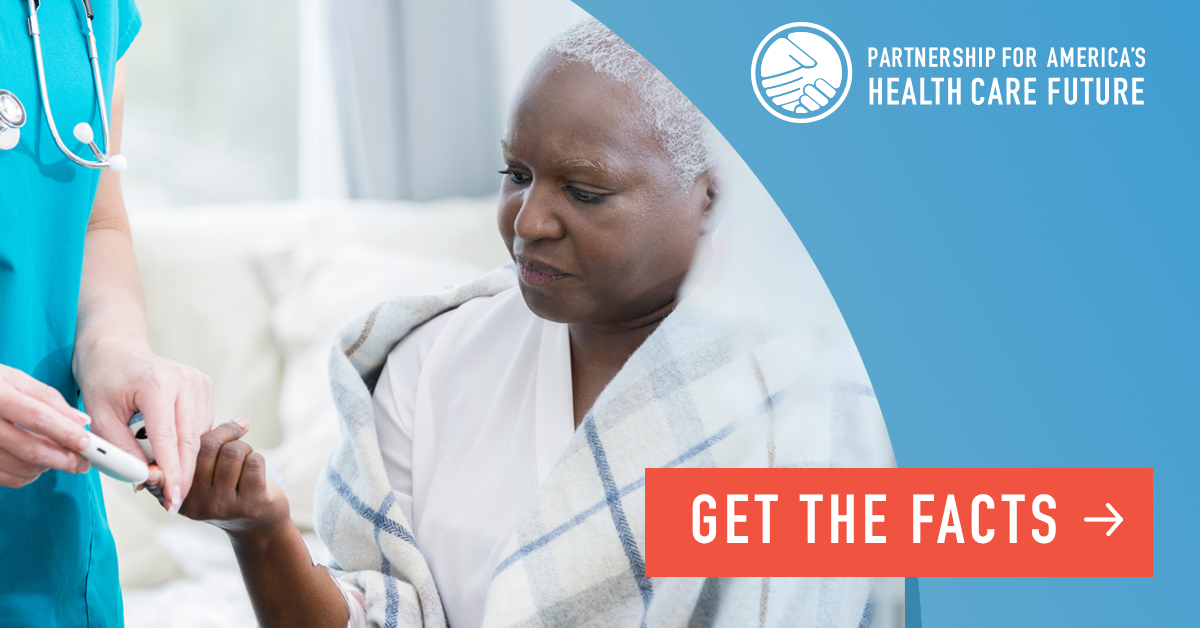House Hearing Makes Case Against Government Insurance Systems

WASHINGTON – At yesterday’s hearing in the House Committee on Ways and Means, several members emphasized the negative impacts of a one-size-fits-all government-run system, and demonstrated that the best way to expand access to affordable, high-quality health care is to build and improve upon what is working, while coming together to fix what isn’t.
The committee’s chairman, Rep. Richie Neal (D-Mass.), urged his colleagues “to think about how the approaches not only will affect the individual patients but also communities as a whole. Many of us have hospitals in our districts that are now among the largest employers in our state or region. In particular, I think about how universal coverage would affect rural communities in states that may not have expanded Medicaid. Ultimately we want to have lower healthcare costs and see more people have access and enroll in programs that provide quality healthcare,” adding that “there is a bipartisan opportunity to continue to work upon improving the ACA and again expanding the opportunities to lower out of pocket costs and improving quality of care for all Americans.”
Rep. Jimmy Panetta (D-Calif.) also highlighted the potential harm to rural hospitals and communities, saying: “… [O]bviously one of the concerns I have, especially when it comes to a single payer system is the effect that it would have on rural hospitals. Many facilities in my district and who I’ve spoken to, they run on thin margins and could likely face considerable financial difficulty if payments were reduced through a single payer.”
Their concerns are well-founded, as The New York Times reported recently that experts are growing increasingly worried about the “violent upheaval” a one-size-fits-all health care system would cause the nation’s hospitals, cautioning: “Some hospitals, especially struggling rural centers, would close virtually overnight, according to policy experts. Others, they say, would try to offset the steep cuts by laying off hundreds of thousands of workers and abandoning lower-paying services like mental health.”
Recent studies have also laid bare the harmful consequences a new government insurance system, such as “Medicare buy-in” or a so-called “public option” would have for providers and patients throughout the country. One study, prepared by KNG Health Consulting for the American Hospital Association and the Federation of American Hospitals, found that: “For hospitals, the introduction of a public plan that reimburses providers using Medicare rates would compound financial stresses they are already facing, potentially impacting access to care and provider quality.” Another study, conducted by Navigant, found that government insurance systems such as “buy-in” or “public option” could force hospitals to limit the care they provide, produce significant “layoffs” and “potentially force the closure of essential hospitals.”
Meanwhile, Rep. Terri Sewell (D-Ala.) explained that her constituents don’t support eliminating the coverage they depend on and are satisfied with, saying: “I’m not sure that Medicare for all is the right answer. I have a lot of folks in my district – 50% of the folks in my district have employer based health care coverage, and they want to keep that.”
Polling shows that a majority of Americans are satisfied with their current coverage and care, and they don’t want their choices taken away. Nor do they want the higher taxes associated with a one-size-fits-all system, or the trade-offs it would require when it comes to their access to quality care. A national poll from the Kaiser Family Foundation revealed that 70 percent of Americans oppose Medicare for All when they learn it would “lead to delays in some people getting some medical tests and treatments,” while 60 percent oppose it when they learn it would threaten the already at-risk Medicare program, 60 percent oppose it when they learn it would require most Americans to pay higher taxes, and 58 percent oppose it when they learn it would eliminate employer-provided and other private coverage.
And Rep. Stephanie Murphy (D-Fla.) explained that the best approach is to build and improve upon what is working today, saying: “And, right now in my view, the best way to achieve universal coverage and to lower the cost of health care is to strengthen the four pillars of our existing health care system. And those pillars are Medicaid and [the Children’s Health Insurance Program] CHIP for low-income individuals, Medicare for the elderly and disabled whether fee for service or Medicare Advantage, employer sponsored health coverage and the health insurance market places created by the Affordable Care Act where people buy private plans and lower income people receive a federal subsidy to do so. So, I want to focus on the best way to strengthen those pillars.”
With roughly 90 percent of Americans now covered and a majority satisfied with their coverage and care, our leaders should be focused on building and improving upon what is working – not putting forth destructive proposals to repeal Americans’ care and start from scratch with a one-size-fits-all government-run system.
###